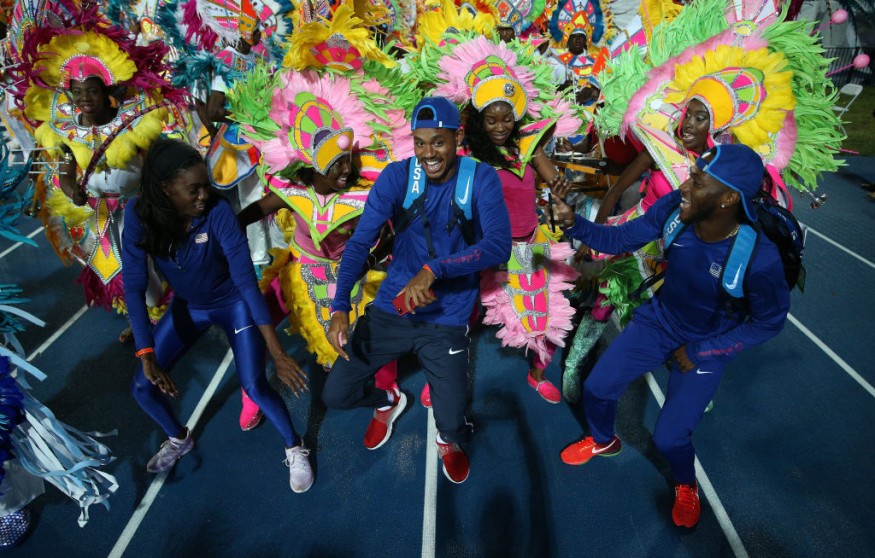Bahamian Culture: Get to Know the People, Traditions, and History of the Bahamas

The Bahamas is located in the Atlantic off the eastern coast of Florida and is roughly parallel to Cuba. The nation consists of around 700 islands and cays, with some 2,400 reefs and rock formations.
Around 85 percent of the population in the Bahamas are of African ancestry, while the remaining percentage is of European descent.
Asian ancestry also makes up a small portion of the population, according to Every Culture. The Bahamas has also seen racial mixing in their population.
Refugees from Haiti also make up 20 to 25 percent of the people. The primary and official language in the Bahamas is English, which varies from "Standard English" to "Bahamian English."
Haitian immigrants also speak French Creole. About 80 percent of the people in the Bahamas are Protestant, while 20 percent are Roman Catholic.
The Bahamas: Culture and Tradition
The name of the country Bahamas was rooted in Lucayan Taino derivation, with some historians believing it was from the Spanish word "baja mar," which means "shallow water."
According to Britannica, the mixture of European and African heritages in the Bahamas was brought about by the slave trade history on the island. Aside from European and African heritages, the Bahamas has been influenced by people of the Caribbean and the Americas.
Folk customs include the collective savings association called "asue," a strong tradition of storytelling, and the use of bush medicine.
Junkanoo is the most popular group activity and festival celebration. Bahamians work for months creating costumes, rehearsing dances, and practicing music routines to prepare for Junkanoo.
A recognizing material in Junkanoo is an empty conch shell, a drum made from calfskin, and cowbells fashioned to serve the purpose of an instrument.
These materials have defined Junkanoo music for years, the Bahamas reported. The largest Junkanoo celebration usually takes place on Bay Street in downtown Nassau.
Meanwhile, Bahamian folklore has stories about a three-toed, human-faced creature called the chick Harley and obia, a creature believed to be sent by witches to kidnap young girls in villages.
The Bahamas History
Christopher Columbus made landfall on the island in 1492. It was believed that he landed in Gunahani, which Columbus renamed San Salvador. Others believe that Columbus' site of landfall was Samana Cay or Cat Island.
British then started to take an interest in the nation in 1629. The new constitution came into force in 1964, and the country was brought to the verge of complete self-government after constitutional advances in 1969.
The name "Commonwealth of the Bahama Islands" was adopted in 1969. However, the official name became "The Commonwealth of The Bahamas" in 1973.
In the 1980s, the country faced several issues, including alleged collusion with drug traffickers by government members. In addition, the periodic arrival of waves of legal and illegal immigrants from Haiti had also put a strain on the social and economic resources of the Bahamas.
This article is owned by Latin Post.
Written by: Mary Webber
WATCH: The Islands of The Bahamas - From QCPTV
Subscribe to Latin Post!
Sign up for our free newsletter for the Latest coverage!
© 2026 Latin Post. All rights reserved. Do not reproduce without permission.















